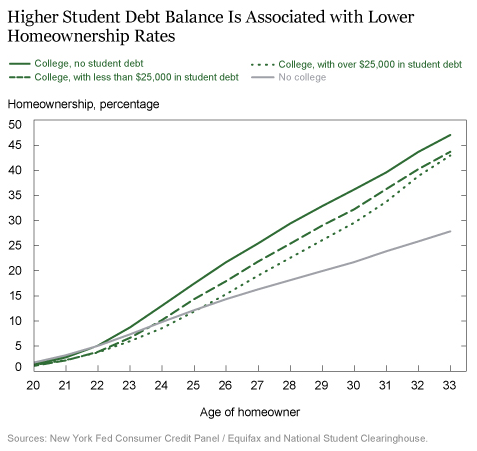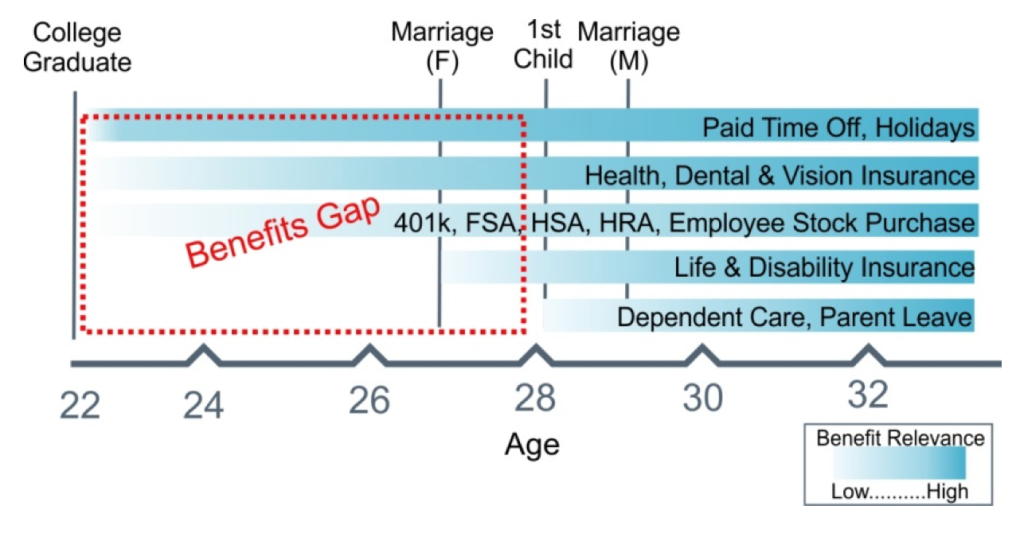One of the most painfully awkward experiences of my life was my college orientation. I remember being so excited to go; this is the start of a whole new journey where you’re supposed to meet all of your lifelong friends and become a whole new person! I failed to remember that forcing a group of 17 and 18-year-olds to try and become friends in an 8-hour time span probably won’t work that well. Not only did I have to suffer through one college orientation, I had to do ANOTHER one when I decided to transfer to my current school. College orientations are absolutely necessary but absolutely agonizing.
Since I detest college orientations, I am not looking forward to the lifetime of onboarding processes that I will have to endure. The average person will hold 12-15 jobs in their lifetime, and Gen-Z’ers will definitely raise that number significantly. I’m already on my 5th job and I’m 19! While I may need to accept the fact that I have many onboardings ahead of me, here is what I suggest to make them as painless as possible for everyone involved:
- Short and Sweet: The general rule for all onboardings should be the shorter, the better. Just because you have a full day set aside, doesn’t mean you need to use the whole thing! Many people hold the same resentment to onboardings and orientation as me and will immediately forget approximately 97% of the information given at these sessions. So, instead of spending more time droning on, have your employees get started and let them figure things out as they come!
- Specificity is key: I get that there’s a lot of general information that needs to be relayed to your employees, but the more specific you can be with every person’s individual needs, the better. Not only is it more efficient because it is straight to the point, but it will force your onboardie’s to pay attention because the information directly applies to them!
- Food, food, and more food: If you are going to make your new employees sit through a full day of onboarding, there better be food. And not just some crappy sandwich platter. Food is essential in keeping your new employees awake and alert. Also, coffee, soda, or other refreshments should be widely available as well.
- Cut Out the Fluff: While preparing onboarding procedures, do your best to cut out all non-essential information. We don’t need an hour presentation on your company’s culture. Let us live and learn by experiencing it ourselves!
The goal of an onboarding process should be to make everything as clear as possible to your newbies. You don’t need to get us excited about working or pump us up: odds are that us Gen-Zer’s are already excited because it’s our first real job! I just started my internship this week and I didn’t need the constant pump-up music and overdone cheering and applause (for literally everyone and everything); I’m already excited to start! So, stuff us with junk food, coffee, and essential information and then send us on our way to get started!
This post was written by Cameron Sackett (not Tim) – you can probably tell because it lacks grammatical errors!
HR and TA Pros – have a question you would like to ask directly to a Gen Z? Ask us in the comments and I’ll respond in an upcoming blog post right here on the project. Have some feedback for me? Again, please share in the comments and/or connect with me on LinkedIn.





